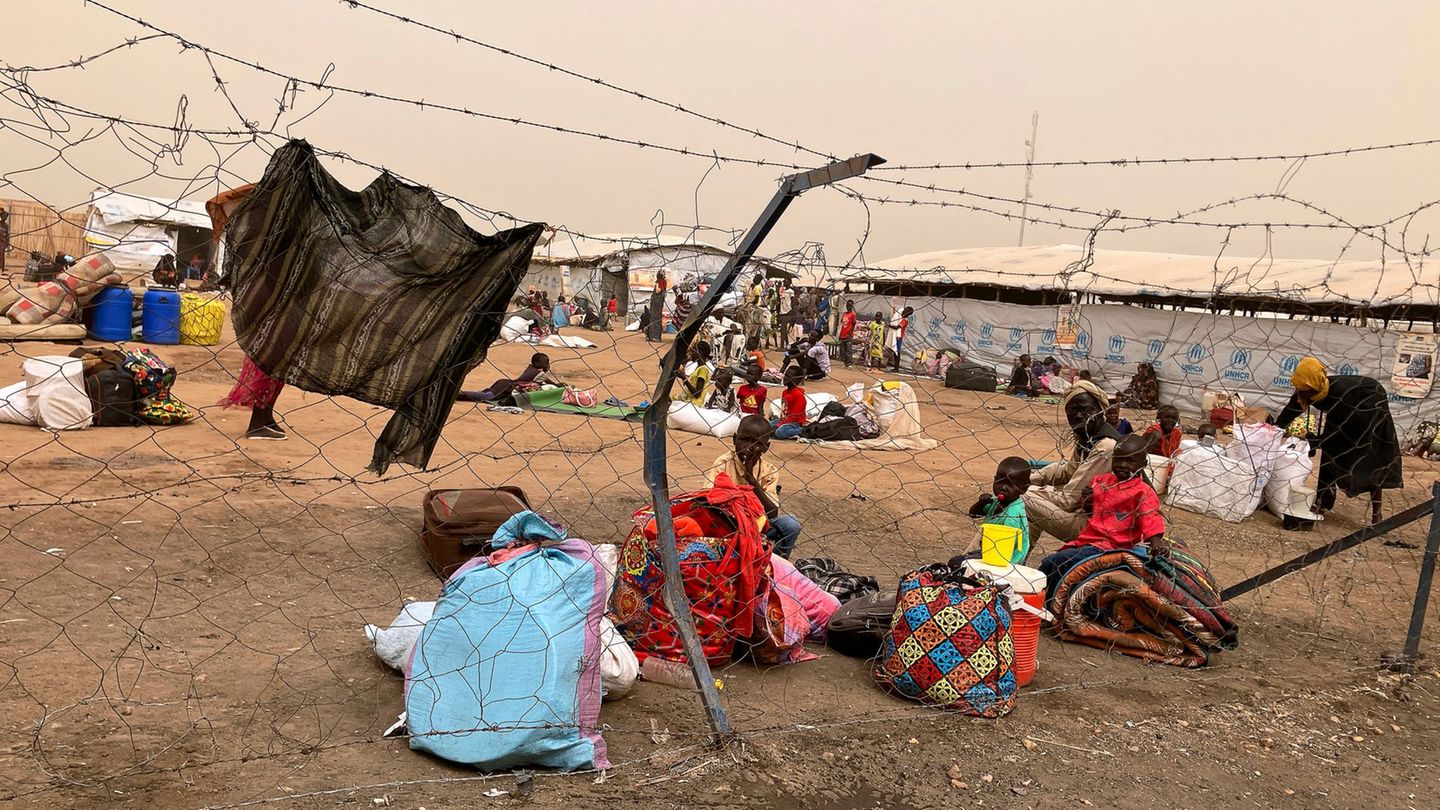However, the dollar output It continues along this path and the economist Pedro Gaite, an economist at the University of Buenos Aires, warns that, currently, “about US$400 million come out, on a monthly average, from the reserves of the Central for the payment of private debt”. And he adds that 90% of those commitments are explained by 25 companiesmostly local groups and some multinationals.
As said, the BCRA took some measures aimed at regulating the payment of the foreign debt in foreign currency of the private sector through a process of refinancing, which sought to avoid a general crisis of non-payments. And, in this regard, the following regulations stand out:
- This restricted the payment of debt from one company to another related company (whether it belongs to the same group, its subsidiary or controlling company).
- The companies have the obligation to use one’s own dollars (liquid foreign assets deposited abroad) before being able to buy foreign currency to pay financial or commercial debts (for imports).
- They can only access the official market to pay debt that is declared and documented and, as of 2020, which was settled in the exchange market.
- Firms are required to refinance at least 60% of maturities of debt with a minimum average term of two years (debts of less than US$2 million are excluded from the obligation so as not to hinder the operation of SMEs)
- The companies they cannot anticipate the payment maturities more than 3 business days in advance.
- In the event that companies want to anticipate the refinancing process under the guidelines established by the BCRA, the refinancing requirement is increased to at least 70%. That is can pay up to 30% of their maturities through the official market of changes and the rest they have to refinance or pay with their own dollars.
BCRA reserves, in crisis
However, the Bookings They are in a very delicate situation. On the one hand, they are reflecting the cost of the intervention of the financial dollarWhat is he doing? BCRA through the participation in the market of the bonds that are used to operate MEP.
And, on the other, they suffer the consequences of a less agricultural liquidation, which has been falling in recent days, despite the fact that the goal of US$2,000 million set for the export increase program has already been met (this Friday they reached US$2,125 million) in force until the end of the month. Consequently, they are located around $23.8 billion this Friday, the lowest level since 2006.
Thus, Gaite warns that, “in the current delicate context for the Bookingsthose US$400 million a month mean a lot of money” and clarifies, on the other hand, that “in reality, what is being paid is about US$1,000 million because a good part of that debt remains in the Finance system domestic”.
Private debt in dollars: a trickle of reserves
“There is little talk about it and it would be good to apply measures to improve collection and the accumulation of Bookings”, says Gaite. And Carro also believes that this is an issue that the BCRA should think about fine-tuning even more to mitigate the loss of dollars in this way.
“I think it is important to regulate the private borrowing in foreign currency of the public and the private businesses to direct the contraction of those commitments and prevent currency mismatches”, he observes in this regard.
Remember that “the extent to which companies were given access to the official exchange market (MULC) to pay private debt has been a matter of debate in the ruling alliance.” And he explains that it is an extremely delicate issue that must be addressed, also to avoid speculation.
BCRA opens the game: enables businesses to sell dollars
The shortage of dollars suffered by the BCRA is worrying.
He comments, for example, that many private borrow in dollarscan be made of weights financial exchange rate and the BCRA sells them foreign currency at the official price for you to pay. “That’s not logical,” she warns.
In this sense, Gaite considers that the Government should evaluate, for example, “the possibility is make the exchange rate more expensive that applies to those payments, just as it is done with the importers”. He maintains that a lot of focus is being placed on the commercial debt and not so much in the financial sector, but that, a measure of this type, “at a minimum, would allow the collection of 0.26% of the GDP from now to the end of the year”, taking into account a increase in cost such as that applied to the importation of services (a differentiated exchange rate).
For him, although it would not be a way to cut the dollar output that way because, as long as the price is below the financial ones, they would continue to demand foreign exchange On that side, it does allow for less impact on collection. “It would help increase the collection and would have less impact on Bookings”, he points out.
What chance does the BCRA play with private debt?
Car is of the opinion that the Central can regulate according to the type of debt that companies take and guarantee the Dollars they need to continue with the flow of imports necessary for the growth of the economy. “It would be necessary to regulate a commercial and a financial exchange rate”, he suggests.
However, economist Fabio Rodríguez, from MyR Consultores, points out that the BCRA applies quite a few restrictions today to the debt payment and assures that “advancing further in this sense would be a default risk for many companies”.
And Lorenzo Sigaut Gravina, economist at the consulting firm Equilibra, points out along a similar line when he maintains that “the number of financing and reducing it further would be risky because a company could end up defaulting.”
However, it does acknowledge that another more protectionist modality of reserves could be applied in the futurebut warns that it would not seem the best option to make more adjustments with respect to the existing stock.
For now, The BCRA is not analyzing progress with news in this regardbut it is propping up controls on imports and it would not be unreasonable to think that, perhaps after the elections this Sunday, given a possible delay in the arrival of disbursements from the IMF for US$7.500 million, it could consider taking actions to reduce the dollar drip that generates the foreign currency private debt.
Source: Ambito




